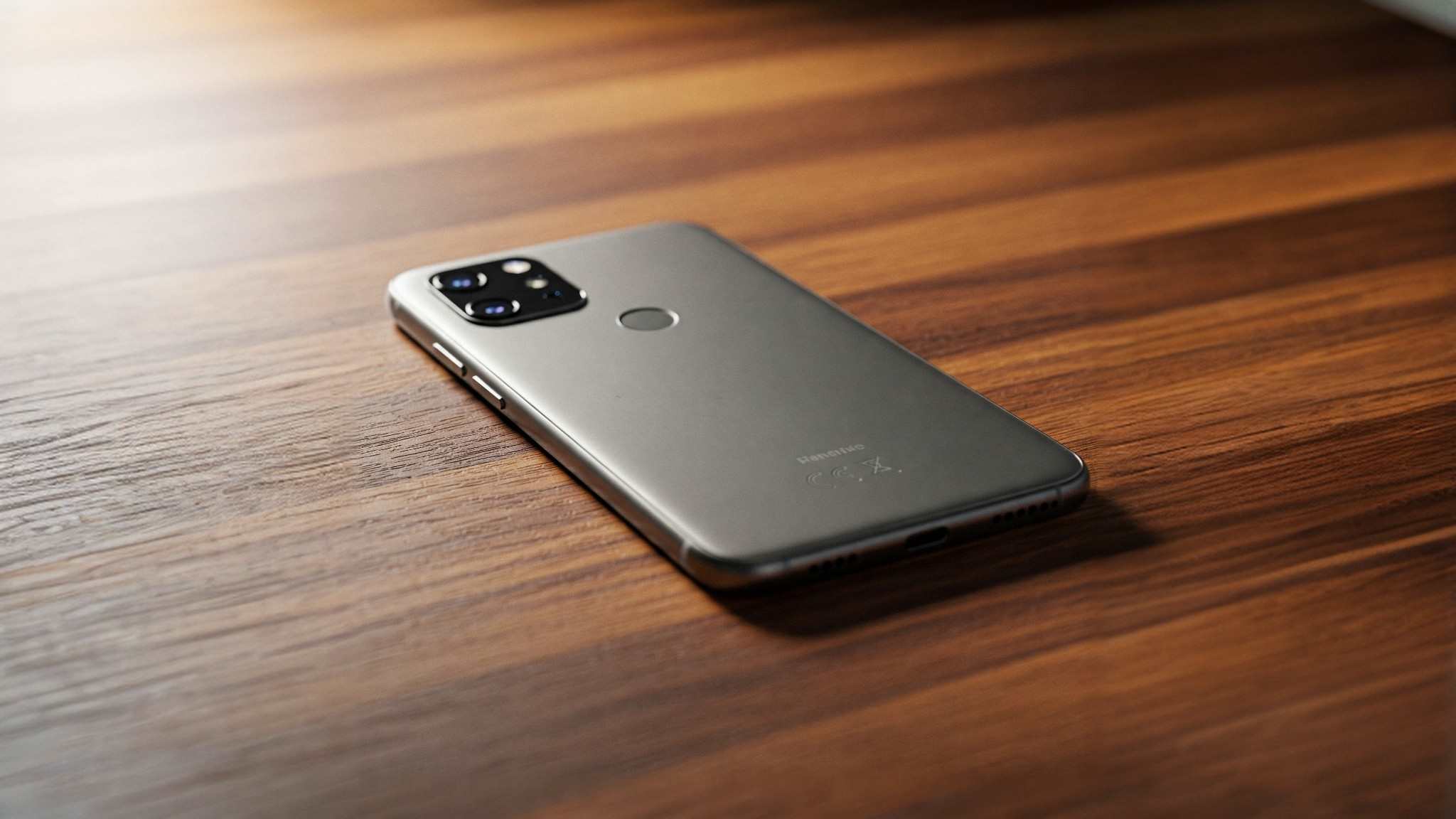In today’s world, technology is everywhere. Smartphones, apps, and social media keep us connected, informed, and entertained – but at a cost. Constant notifications, endless scrolling, and information overload can leave us feeling overwhelmed, distracted, and mentally drained. This is where digital minimalism steps in as a refreshing solution.
By intentionally reducing our digital consumption, this lifestyle helps us regain our focus. It can help boost productivity and create peace of mind. More people are turning to digital minimalism to counter the chaos of a tech-driven life. This approach helps people find balance that supports their emotional and mental well-being.
In this article, we’ll explore how following this approach can change your daily experience, bringing calm and clarity.
Why Less Screen Time Leads to More Mental Clarity
Spending hours on smartphones can negatively impact cognitive function. Constant notifications, the compulsion to check emails, and the overwhelming flood of online content all contribute to stress. This mental overload, often called decision fatigue, makes it harder to focus and make clear choices. Studies show that excessive phone time can even disrupt sleep and increase anxiety. This further diminishes mental clarity.
But with digital minimalism, you can reduce these distractions and give your brain a break. This approach encourages you to limit unnecessary digital interactions, including mindless scrolling and compulsive responses to alerts. For example, a 2019 study from the University of British Columbia found that cutting back on smartphone use led to better focus and lower stress levels. When you prioritize phone time reduction, you create space for deeper thinking and better decision-making. Simple changes can help you improve mental clarity and feel more in control. These include setting specific times to check your phone and turning off non-essential notifications.
Digital Detox Made Easy: Small Steps with Big Impact

Starting a digital detox doesn’t mean throwing your phone away or going offline. It’s about making small, intentional changes. These small changes can add up to a healthier relationship with technology. These steps are easy to implement and can lead to noticeable improvements in your relationship with technology. Here are a few practical ideas to get started:
- Turn off notifications. Silence non-essential alerts to reduce distractions and reclaim your attention.
- Set app limits. Use built-in phone features to set time spent on social media or other addictive apps.
- Create phone-free zones. Keeping devices out of the bedroom or dining area helps improve sleep and leads to more meaningful conversations.
- Schedule tech breaks. Designate times during the day to step away from your phone. For example, during meals or before bed.
These changes don’t require a complete overhaul of your routine. However, they can make a big difference. For example, setting a 30-minute phone-free period before bed can improve sleep quality. This practice can leave you refreshed and focused. Reducing screen time can lower anxiety by giving your mind a chance to rest. By taking these small steps, you’ll start to feel the benefits of a calmer, more present life.
The Benefits of Digital Minimalism You’ll Actually Feel
When you follow digital minimalism, the rewards are immediate and lasting. Unlike many internet trends, the benefits of digital minimalism are tangible in your everyday life. This makes it easier to maintain the practice long-term. Here are some of the changes you might notice:
- Calmer mornings. Starting your day without checking your phone sets a peaceful tone. It helps you ease into tasks with focus.
- Deeper work sessions. With fewer distractions, you can dive into projects and stay productive for longer.
- Stronger relationships. Putting your device down during conversations fosters more meaningful connections with loved ones.
- Improved emotional balance. Less exposure to the stress of constant notifications boosts your mental clarity and mood.
These changes aren’t just theoretical – they’re felt in real, clear ways. For example, many educators who have limited their social media use report feeling less anxious and more present with their students. By prioritizing digital wellbeing, you create room for what truly matters. Whether it’s pursuing a hobby, spending time with family, or simply enjoying a quiet moment. Digital minimalism isn’t about giving up tech. It’s about using it purposefully to enhance your life, not control it.
Creating a Sustainable Digital Minimalism Routine
Incorporating digital detox into your life requires building sustainable habits that align with your goals and values. The key is to approach it as a positive choice, not a set of strict rules. Here’s how to create a sustainable routine that keeps you focused and fulfilled:
- Assess your digital tools. Take a hard look at the apps and devices you use daily. Ask yourself: Does this tool add value to my life? For example, if an app feels more like a time-waster than a benefit, consider limiting or removing it.
- Set clear boundaries. Decide when and where you’ll use technology. For example, you might choose to avoid your phone during meals or after 9 p.m. to protect your downtime.
- Schedule intentional phone time. Plan specific moments for checking emails or social media rather than letting them interrupt your day. This keeps you in control of your attention.
- Embrace offline hobbies. Rediscover activities like reading, gardening, or journaling to enhance mental clarity. These pursuits not only fill your time but also enrich your sense of purpose.
- Reflect and adjust. Every few weeks, check in with yourself. Are your digital habits supporting your well-being? Tweak your routine as needed to stay aligned with your priorities.
The beauty of digital minimalism is its flexibility. It’s not about cutting out tech entirely. It’s about using it in a way that serves you. For example, a busy parent might decide to keep their phone off during family game nights, finding that this small change deepens their connection with their kids. Another person might swap late-night scrolling for a relaxing podcast. This change can improve their sleep and energy levels.
As you build these habits, you’ll notice a shift. Your mind feels less cluttered, your days feel more intentional, and your well-being improves. Digital minimalism empowers you to take back control, ensuring technology enhances your life rather than overwhelming it.




